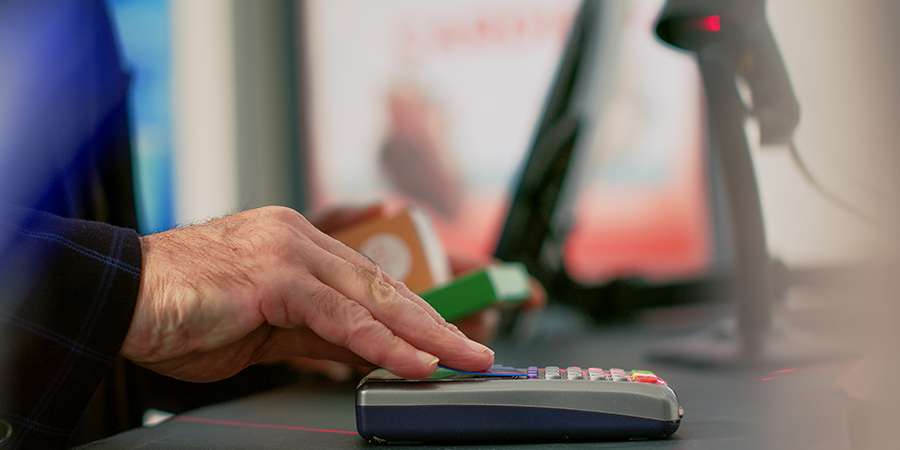New payment regulations encourage strict selection of compliant scanning equipment in the payment scanning industry
Recently, the People's Bank of China issued a "Notice on the Issuance of the Barcode Payment Business Specification (Trial)" (referred to as the "Specification"), along with supporting technical security specification documents "Barcode Payment Security Technical Specification (Trial)" and "Barcode Payment Terminal Technical Specification (Trial)." This specification will take effect on April 1 of this year.
For security risk prevention, the People's Bank of China has classified barcode payment businesses based on their risk prevention capabilities. It has set a daily payment limit of 500 yuan for "static barcodes" and encourages the use of a higher security risk prevention level called "receiving payment by scanning" in which the payee uses professional two-dimensional code scanning devices to read dynamic barcodes on the payer's mobile terminal for payment.
By using the dynamic barcode scanning method, the risk prevention capabilities of barcode payment can reach levels A, B, and C, with higher transaction limits. If it reaches level A, the transaction limit can be agreed upon by market entities and customers.
However, to implement this method, businesses need professional two-dimensional code scanning devices. So, will the encouraged "receiving payment by scanning" method under the new barcode payment regulations have an impact on the current mobile payment market?
Investigations by journalists have shown that in recent years, in response to security issues with static barcodes, third-party payment institutions such as Alipay, WeChat Pay, and UnionPay have been exploring "receiving payment by scanning" methods. For example, they are promoting payment by scanning methods through barcode scanners and small white-box scanning of mobile QR codes.
UnionPay, in particular, as a representative of the mobile payment "national team," has been a driving force in promoting the secure development of mobile payments. According to reports, UnionPay not only released two-dimensional code payment application specifications in July of this year but also provided comprehensive technical solutions for scanning payment professional devices, putting them into practice.
UnionPay has strict requirements for scanning devices, requiring them to support 360-degree all-round recognition of two-dimensional codes, be capable of scanning users' phone screens even with protective films, and have a decoding accuracy requirement of 99.9999%.
In addition to meeting the above requirements, UnionPay also values user experience. It recommends using fixed-position scanners with the scanning surface facing upwards, considering this method more consistent with the user's habit of presenting their phone for scanning. Furthermore, the scanner should have voice capabilities, and when the cashier triggers scanning, the scanner can provide a voice prompt: "Please scan the code."
UnionPay launched UnionPay Cloud QuickPass two-dimensional code product in May this year.
It should be noted that currently, although there are many barcode scanners for mobile payment scanning devices, their user experience is not very good. They require coordination between the cashier and the user to complete the scanning, and their convenience is even less than that of stand-up scanning. In contrast, the fixed-position scanner chosen by UnionPay offers a better user experience.
It is reported that since May 27th of last year, UnionPay jointly launched the UnionPay two-dimensional code payment business with commercial banks and non-bank payment institutions. In just half a year, over 200 commercial banks and non-bank payment institutions' mobile application clients support UnionPay two-dimensional code payment. It can be used for payments in more than 3.5 million special merchant locations from over 160 acquirers, covering payment applications such as shopping malls, supermarkets, dining and entertainment, transportation, convenience payments, and campus corporate areas.





